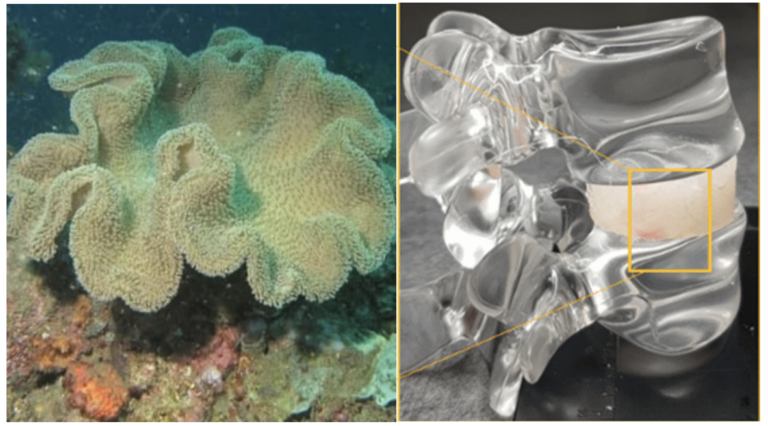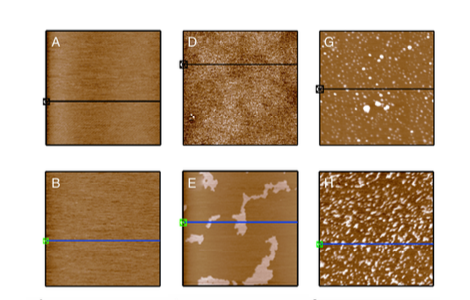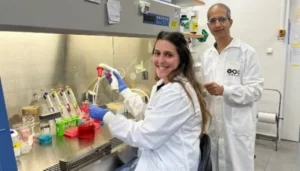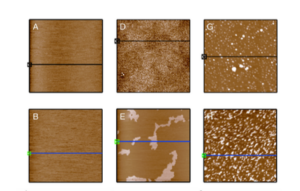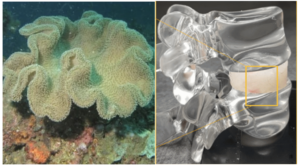Weizmann développe un test olfactif qui peut révéler les maladies neurodégénératives

[:fr]Israël Science Info signale que l’excellent magazine Sciences et Avenir a publié un article sur une avancée majeure de l’Institut Weizmann. « Chacun de nous a, dans son nez, environ six millions de récepteurs de l’odorat d’environ quatre cents types différents. La distribution de ces récepteurs varie d’une personne à l’autre, si bien que le sens de l’odorat de chaque individu est unique. Des scientifiques de l’Institut Weizmann (Israël) ont mis au point une technique qui permet de visualiser l’empreinte olfactive de chaque individu. Elle pourrait permettre dans l’avenir le diagnostic de maladies neurodégénératives, comme les maladies d’Alzheimer ou Parkinson, ou de réaliser un test non invasif pour vérifier la compatibilité entre un donneur et un receveur d’organes.
Leur méthode est basée sur le degré de similarité ou de différence entre deux odeurs. 89 volontaires ont évalué 28 odeurs différentes selon 54 mots descriptifs, par exemple, « citronné » ou « masculin ». Grâce aux résultats obtenus, les chercheurs sont parvenus à développer une formule mathématique complexe, à plusieurs dimensions, afin de déterminer comment deux odeurs pouvaient être similaires dans l’odorat humain. Au total, ils ont obtenu 378 similarités, et donc une « empreinte olfactive » à 378 dimensions. La force de cette formule, selon le Dr Lavi Secundo, principal auteur de l’étude, est qu’elle ne nécessite pas que les sujets soient d’accord sur l’utilisation et l’applicabilité des mots donnés. Grâce à cet outil précis, les scientifiques ont mis en évidence l’idée scientifiquement fondée que chaque personne a sa propre « empreinte olfactive ». Celle-ci reste inchangée 30 jours après la première expérience… »
Article complet sur Sciences et Avenir
Publication dans PNAS, 13 mai 2015[:en]Each of us has, in our nose, about six million smell receptors of around four hundred different types. The distribution of these receptors varies from person to person – so much so that each person’s sense of smell may be unique. In a research, Weizmann Institute scientists report on a method of precisely characterizing an individual’s sense of smell, which they call an “olfactory fingerprint.” The implications of this study reach beyond the sense of smell alone, and range from olfactory fingerprint-based early diagnosis of degenerative brain disorders to a non-invasive test for matching donor organs.
The method is based on how similar or different two odors are from one another. In the first stage of the experiment, volunteers were asked to rate 28 different smells according to 54 different descriptive words, for example, “lemony,” or “masculine.” The experiment, led by Dr. Lavi Secundo, together with Dr. Kobi Snitz and Kineret Weissler, all members of the lab of Prof. Noam Sobel of the Weizmann Institute’s Neurobiology Department, developed a complex, multidimensional mathematical formula for determining, based on the subjects’ ratings, how similar any two odors are to one another in the human sense of smell. The strength of this formula, according to Secundo, is that it does not require the subjects to agree on the use and applicability of any given verbal descriptor. Thus, the fingerprint is odor dependent but descriptor and language independent.
The 28 odors make for 378 different pairs, each with a different level of similarity. This provides us with a 378-dimensional fingerprint. Using this highly sensitive tool, the scientists found that each person indeed has an individual unique pattern – an olfactory fingerprint. Could this finding extend to millions of people? The researchers say their computations show that 28 odors alone could be used to “fingerprint” some two million people, and just 34 odors would be enough to identify any of the seven billion individuals on the planet.
The next stage of the research suggested that our olfactory fingerprint may tie in with another system of ours in which we all differ – the immune system. They found, for example, that an immune antigen called HLA, today used to assess matches for organ donation, is correlated with certain olfactory fingerprints. This part of the study was conducted together with Drs. Ron Loewenthal, and Nancy Agmon-Levin, and Prof. Yehuda Shoenfeld, all of Sheba Medical Center. The researchers think that olfactory fingerprinting, in addition to helping identify individuals, could be developed into methods for the early detection of such diseases as Parkinson’s and Alzheimer’s, and it could lead to non-invasive methods of initial screening as to whether bone marrow or organs from live donors are a good match.
Publication in PNAS, May 13th 2015[:]

